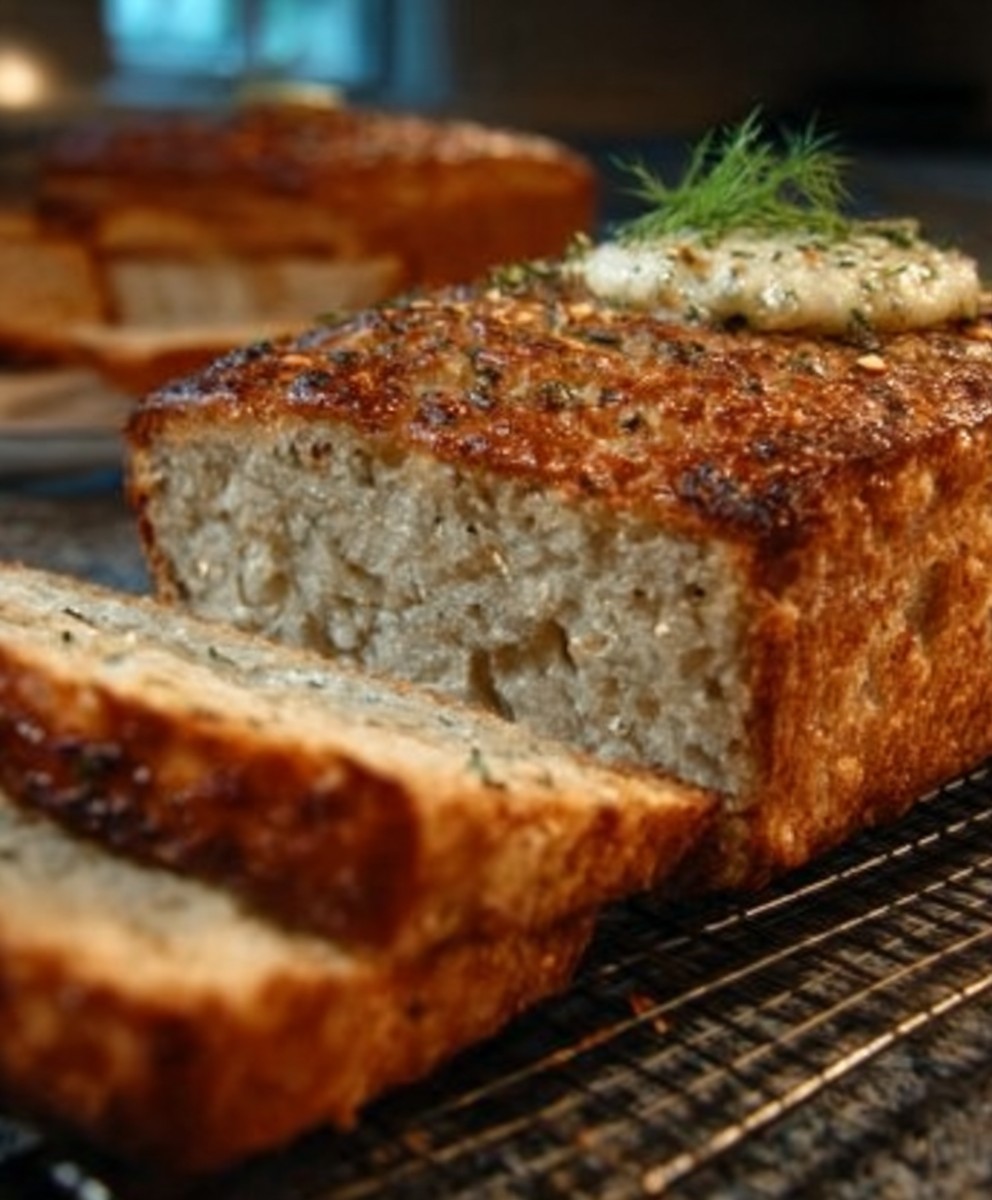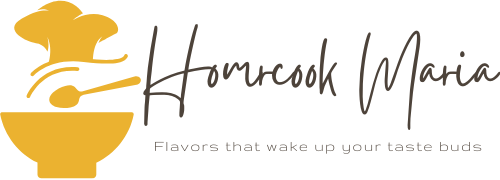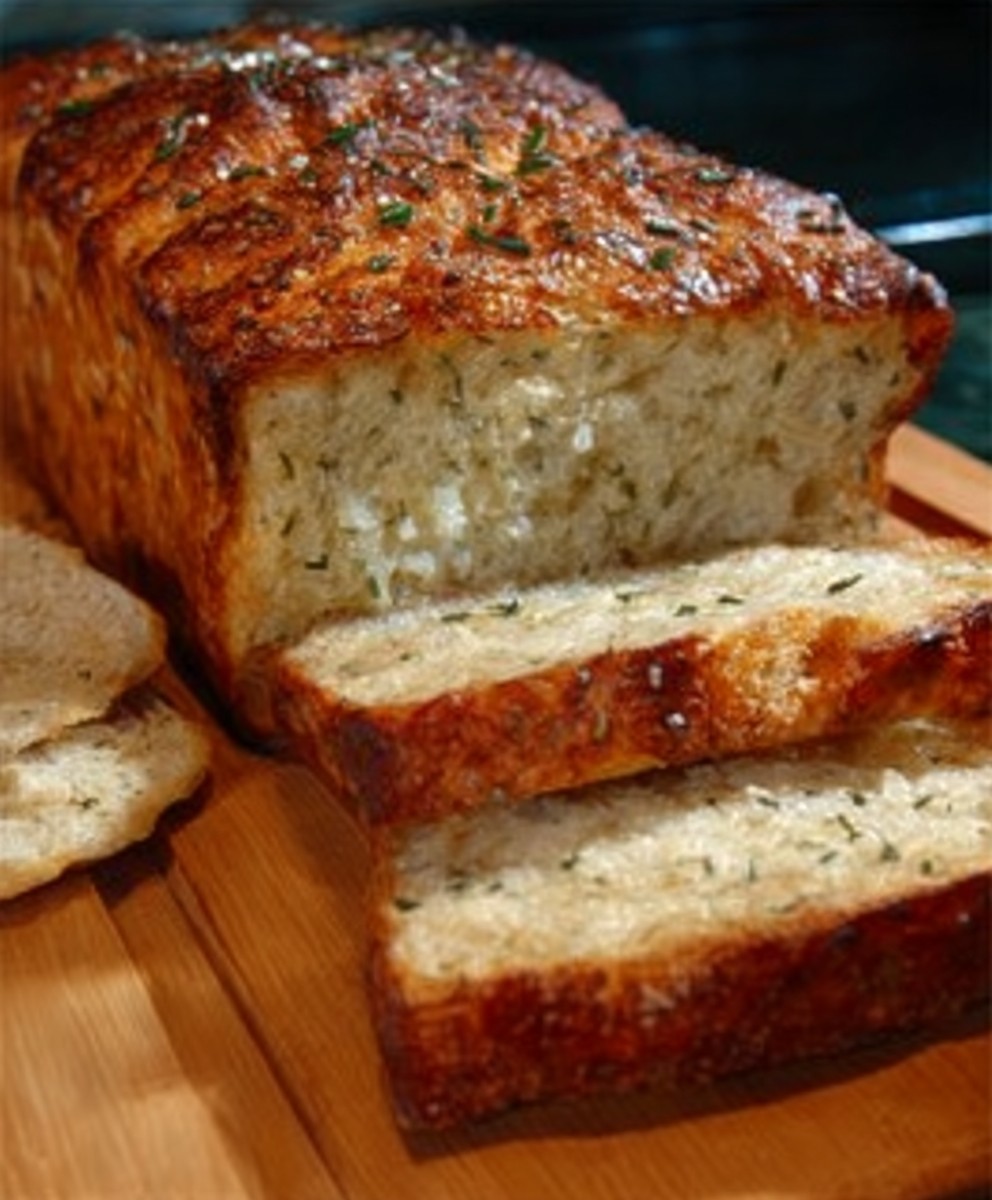Herb Batter Bread: Prepare to be amazed by the easiest, most flavorful bread you’ll ever bake! Forget kneading, rising, and all the fuss this recipe is a game-changer for busy weeknights or when you simply crave the aroma of freshly baked bread wafting through your home.
While quick breads have been around for centuries, offering a faster alternative to yeast-leavened loaves, this particular Herb Batter Bread recipe takes convenience to a whole new level. It’s a modern twist on a classic concept, embracing simplicity without sacrificing taste. Think of it as the ultimate comfort food, perfect for dipping in soups, serving alongside pasta, or simply enjoying warm with a smear of butter.
What makes this bread so irresistible? It’s the delightful combination of a soft, slightly chewy texture and the vibrant flavors of fresh herbs. The batter comes together in minutes, and the baking process fills your kitchen with an intoxicating aroma that will have everyone eagerly anticipating the first slice. People adore this dish because it’s incredibly versatile, customizable with your favorite herbs, and requires minimal effort for maximum reward. Trust me, once you try this recipe, you’ll wonder why you ever bothered with complicated bread-making methods!
Ingredients:
- For the Herb Batter:
- 2 cups all-purpose flour
- 1 teaspoon salt
- 1 teaspoon baking powder
- 1/2 teaspoon baking soda
- 1 1/2 cups buttermilk
- 1/4 cup melted unsalted butter, cooled slightly
- 2 large eggs, lightly beaten
- 1/4 cup chopped fresh chives
- 1/4 cup chopped fresh parsley
- 2 tablespoons chopped fresh rosemary
- 1 tablespoon chopped fresh thyme
- 1 clove garlic, minced
- For the Garlic Herb Butter Topping:
- 1/4 cup unsalted butter, softened
- 2 cloves garlic, minced
- 1 tablespoon chopped fresh parsley
- 1/2 teaspoon dried oregano
- 1/4 teaspoon salt
- 1/4 teaspoon black pepper
Preparing the Herb Batter
- Combine the Dry Ingredients: In a large bowl, whisk together the flour, salt, baking powder, and baking soda. Make sure everything is evenly distributed to ensure proper leavening. This step is crucial for a light and airy bread.
- Whisk the Wet Ingredients: In a separate bowl, whisk together the buttermilk, melted butter, and eggs. It’s important that the butter is cooled slightly so it doesn’t cook the eggs.
- Combine Wet and Dry: Pour the wet ingredients into the dry ingredients and stir until just combined. Be careful not to overmix! Overmixing can develop the gluten in the flour, resulting in a tough bread. A few lumps are perfectly fine.
- Add the Herbs and Garlic: Gently fold in the chives, parsley, rosemary, thyme, and minced garlic. Distribute the herbs evenly throughout the batter. The fresh herbs are what give this bread its amazing flavor, so don’t skimp on them!
Baking the Herb Batter Bread
- Prepare the Baking Pan: Grease and flour a 9×5 inch loaf pan. You can also use baking spray with flour. This will prevent the bread from sticking to the pan and make it easy to remove after baking.
- Pour in the Batter: Pour the batter into the prepared loaf pan, spreading it evenly.
- Let it Rest: Let the batter rest in the pan for 10-15 minutes. This allows the baking powder and baking soda to start working, resulting in a lighter bread.
- Preheat the Oven: While the batter is resting, preheat your oven to 375°F (190°C). Make sure your oven is properly preheated for even baking.
- Bake the Bread: Bake for 45-55 minutes, or until a wooden skewer inserted into the center comes out clean. The baking time may vary depending on your oven, so keep an eye on it. If the top starts to brown too quickly, you can tent it with foil.
- Cool in the Pan: Let the bread cool in the pan for 10 minutes before transferring it to a wire rack to cool completely. This prevents the bread from breaking apart while it’s still warm.
Preparing the Garlic Herb Butter Topping
- Combine the Ingredients: In a small bowl, combine the softened butter, minced garlic, parsley, oregano, salt, and pepper. Mix well until everything is evenly incorporated. The softened butter makes it easy to mix everything together.
Adding the Garlic Herb Butter Topping
- Spread the Butter: Once the bread has cooled slightly (but is still warm), spread the garlic herb butter evenly over the top. The warmth of the bread will melt the butter slightly, infusing it with even more flavor.
- Slice and Serve: Slice the bread and serve warm. This herb batter bread is delicious on its own or as a side dish with soups, salads, or pasta.
Tips and Variations
- Cheese Please! Add 1/2 cup of shredded cheddar cheese, parmesan cheese, or mozzarella cheese to the batter for a cheesy twist.
- Spice it Up! Add a pinch of red pepper flakes to the batter or the garlic herb butter for a little heat.
- Different Herbs: Feel free to experiment with different herbs, such as basil, dill, or sage.
- Make it Gluten-Free: Use a gluten-free all-purpose flour blend to make this bread gluten-free. Be sure to use a blend that contains xanthan gum for best results.
- Storage: Store leftover bread in an airtight container at room temperature for up to 3 days or in the refrigerator for up to 5 days. You can also freeze the bread for longer storage.
- Reheating: To reheat, wrap the bread in foil and bake at 350°F (175°C) for 10-15 minutes, or until warmed through. You can also toast individual slices in a toaster or toaster oven.
- Buttermilk Substitute: If you don’t have buttermilk, you can make a substitute by adding 1 tablespoon of lemon juice or white vinegar to 1 1/2 cups of milk. Let it sit for 5 minutes before using.
- Garlic Lovers: If you’re a garlic lover, feel free to add more minced garlic to both the batter and the garlic herb butter.
- Herb Infusion: For a more intense herb flavor, you can infuse the melted butter with the herbs before adding it to the batter. Simply heat the butter in a small saucepan over low heat with the herbs for a few minutes, then strain the butter before using.
- Serving Suggestions: This herb batter bread is a great addition to any meal. Serve it with soups, salads, pasta dishes, or as a side dish with grilled meats or vegetables. It’s also delicious toasted and served with butter or jam.
Troubleshooting
- Bread is too dense: Make sure you’re not overmixing the batter. Overmixing develops the gluten in the flour, resulting in a tough bread. Also, make sure your baking powder and baking soda are fresh.
- Bread is too dry: Add a little more buttermilk to the batter. You can also try baking the bread at a slightly lower temperature.
- Bread is browning too quickly: Tent the top of the bread with foil during the last 15-20 minutes of baking.
- Bread is sticking to the pan: Make sure you grease and flour the pan thoroughly. You can also use baking spray with flour.
- Bread is sinking in the middle: This can be caused by several factors, including overmixing the batter, using too much baking powder or baking soda, or opening the oven door too frequently during baking.
Nutritional Information (Approximate)
(Per slice, based on 12 slices per loaf)
- Calories: 200
- Fat: 10g
- Saturated Fat: 6g
- Cholesterol: 50mg
- Sodium: 300mg
- Carbohydrates: 25g
- Fiber: 1g
- Sugar: 2g
- Protein: 4g
Note: Nutritional information is an estimate and may vary depending on the specific ingredients used.
Enjoy!
I hope you enjoy this delicious Herb Batter Bread as much as I do! It’s a simple yet flavorful bread that’s perfect for any occasion. Happy baking!

Conclusion:
This Herb Batter Bread isn’t just another recipe; it’s a gateway to effortless baking and a guaranteed crowd-pleaser. I truly believe that once you experience the simplicity and the incredible flavor of this bread, it will become a staple in your kitchen. The beauty of this recipe lies in its forgiving nature no kneading, no complicated techniques, just simple ingredients combined to create a loaf that’s bursting with herbaceous goodness.
Think about it: a warm, fragrant slice of this bread, slathered with butter, alongside a hearty bowl of soup on a chilly evening. Or imagine serving it as an appetizer at your next dinner party, the aroma alone sparking conversation and anticipation. It’s the kind of bread that elevates any meal, transforming the ordinary into something special.
But the versatility doesn’t stop there! Feel free to experiment with different herbs to create your own signature blend. Rosemary and thyme offer a classic, earthy flavor, while dill and chives bring a fresh, vibrant note. You could even add a sprinkle of Parmesan cheese to the batter for an extra layer of savory indulgence. For a spicier kick, consider incorporating a pinch of red pepper flakes or some finely chopped jalapeños. The possibilities are truly endless!
Serving Suggestions and Variations:
* Soup Companion: Perfect for dipping into creamy tomato soup, French onion soup, or any hearty stew.
* Appetizer Star: Serve warm slices with a selection of cheeses, olives, and cured meats for a delightful appetizer platter.
* Sandwich Bread Upgrade: Use it to create gourmet sandwiches with your favorite fillings.
* Garlic Bread Twist: Brush slices with garlic butter and toast for a flavorful twist on classic garlic bread.
* Crouton Creation: Cube the bread and bake until crispy for homemade croutons to top salads and soups.
* Herb Infusion Exploration: Try different herb combinations like basil and oregano for an Italian-inspired loaf, or cilantro and lime for a Southwestern flair.
* Cheese Addition: Incorporate shredded cheddar, Gruyere, or Monterey Jack cheese into the batter for a cheesy, savory bread.
* Sweet and Savory Blend: Add a touch of honey or maple syrup to the batter for a subtle sweetness that complements the herbs.
I’ve poured my heart into perfecting this recipe, and I’m confident that you’ll love it as much as I do. It’s a recipe that’s meant to be shared, enjoyed, and adapted to your own personal tastes. So, go ahead, gather your ingredients, and embark on this baking adventure. I promise you won’t be disappointed.
And most importantly, I’d love to hear about your experience! Did you try a different herb combination? Did you add cheese or spices? Share your photos and stories with me in the comments below. Let’s create a community of Herb Batter Bread enthusiasts and inspire each other with our culinary creations! I can’t wait to see what you come up with. Happy baking!
Herb Batter Bread: Easy Recipe & Baking Tips
A flavorful and easy-to-make herb batter bread, perfect as a side dish or enjoyed on its own. Infused with fresh herbs and topped with a savory garlic herb butter.
Ingredients
- 2 cups all-purpose flour
- 1 teaspoon salt
- 1 teaspoon baking powder
- 1/2 teaspoon baking soda
- 1 1/2 cups buttermilk
- 1/4 cup melted unsalted butter, cooled slightly
- 2 large eggs, lightly beaten
- 1/4 cup chopped fresh chives
- 1/4 cup chopped fresh parsley
- 2 tablespoons chopped fresh rosemary
- 1 tablespoon chopped fresh thyme
- 1 clove garlic, minced
- 1/4 cup unsalted butter, softened
- 2 cloves garlic, minced
- 1 tablespoon chopped fresh parsley
- 1/2 teaspoon dried oregano
- 1/4 teaspoon salt
- 1/4 teaspoon black pepper
Instructions
- Combine Dry Ingredients: In a large bowl, whisk together the flour, salt, baking powder, and baking soda.
- Whisk Wet Ingredients: In a separate bowl, whisk together the buttermilk, melted butter, and eggs.
- Combine Wet and Dry: Pour the wet ingredients into the dry ingredients and stir until just combined. Do not overmix.
- Add Herbs and Garlic: Gently fold in the chives, parsley, rosemary, thyme, and minced garlic.
- Prepare Baking Pan: Grease and flour a 9×5 inch loaf pan.
- Pour in Batter: Pour the batter into the prepared loaf pan, spreading it evenly.
- Let it Rest: Let the batter rest in the pan for 10-15 minutes.
- Preheat Oven: Preheat your oven to 375°F (190°C).
- Bake the Bread: Bake for 45-55 minutes, or until a wooden skewer inserted into the center comes out clean. If the top starts to brown too quickly, you can tent it with foil.
- Cool in the Pan: Let the bread cool in the pan for 10 minutes before transferring it to a wire rack to cool completely.
- Combine Topping Ingredients: In a small bowl, combine the softened butter, minced garlic, parsley, oregano, salt, and pepper. Mix well.
- Spread the Butter: Once the bread has cooled slightly (but is still warm), spread the garlic herb butter evenly over the top.
- Slice and Serve: Slice the bread and serve warm.
Notes
- Cheese Please! Add 1/2 cup of shredded cheddar cheese, parmesan cheese, or mozzarella cheese to the batter for a cheesy twist.
- Spice it Up! Add a pinch of red pepper flakes to the batter or the garlic herb butter for a little heat.
- Different Herbs: Feel free to experiment with different herbs, such as basil, dill, or sage.
- Make it Gluten-Free: Use a gluten-free all-purpose flour blend to make this bread gluten-free. Be sure to use a blend that contains xanthan gum for best results.
- Storage: Store leftover bread in an airtight container at room temperature for up to 3 days or in the refrigerator for up to 5 days. You can also freeze the bread for longer storage.
- Reheating: To reheat, wrap the bread in foil and bake at 350°F (175°C) for 10-15 minutes, or until warmed through. You can also toast individual slices in a toaster or toaster oven.
- Buttermilk Substitute: If you don’t have buttermilk, you can make a substitute by adding 1 tablespoon of lemon juice or white vinegar to 1 1/2 cups of milk. Let it sit for 5 minutes before using.
- Garlic Lovers: If you’re a garlic lover, feel free to add more minced garlic to both the batter and the garlic herb butter.
- Herb Infusion: For a more intense herb flavor, you can infuse the melted butter with the herbs before adding it to the batter. Simply heat the butter in a small saucepan over low heat with the herbs for a few minutes, then strain the butter before using.
- Serving Suggestions: This herb batter bread is a great addition to any meal. Serve it with soups, salads, pasta dishes, or as a side dish with grilled meats or vegetables. It’s also delicious toasted and served with butter or jam.
- Bread is too dense: Make sure you’re not overmixing the batter. Overmixing develops the gluten in the flour, resulting in a tough bread. Also, make sure your baking powder and baking soda are fresh.
- Bread is too dry: Add a little more buttermilk to the batter. You can also try baking the bread at a slightly lower temperature.
- Bread is browning too quickly: Tent the top of the bread with foil during the last 15-20 minutes of baking.
- Bread is sticking to the pan: Make sure you grease and flour the pan thoroughly. You can also use baking spray with flour.
- Bread is sinking in the middle: This can be caused by several factors, including overmixing the batter, using too much baking powder or baking soda, or opening the oven door too frequently during baking.

